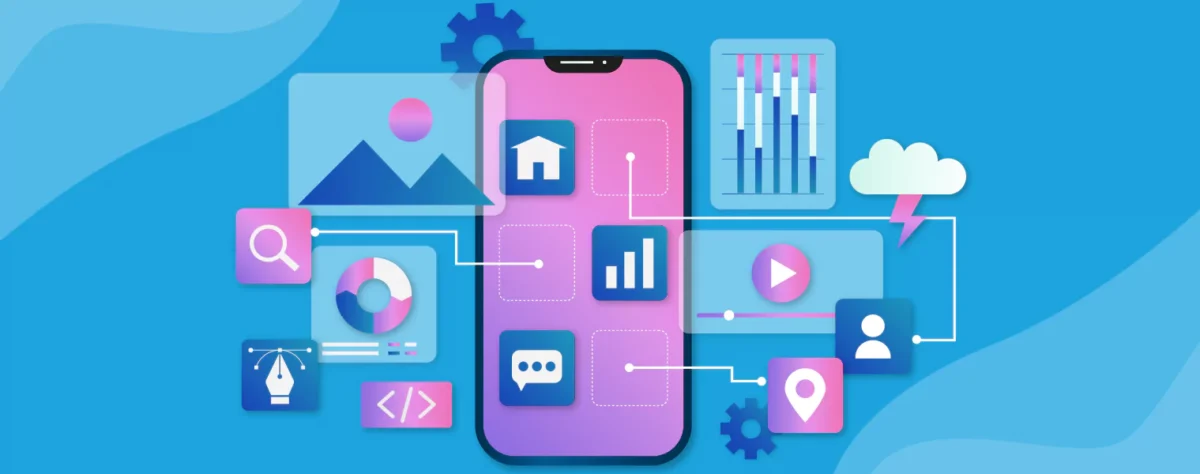
Finding people for your app depends on optimizing App Store Optimization (ASO). Many developers and marketers, however, make important mistakes that could seriously affect the effectiveness of their apps. Avoiding these usual traps becomes even more crucial as we enter 2024. Ten horrible ASO blunders you should avoid to guarantee your software distinguishes itself in a crowded market.
1: Neglecting Keyword Research
Why Terrible: ASO is founded on keywords. Ignoring keyword research means you pass on chances to rank for pertinent search phrases that prospective users are actively seeking.
Avoidance strategy: Search for high-traffic terms connected to your app using technologies including App Annie, Sensor Tower, and the search suggestions of the app stores. Update your keywords often depending on performance data and trends.
2. Bad Title and Description for App
Why It’s Horrible: Users first come upon your app title and description. While a weak description fails to communicate the value proposition of the program, a poorly written or unrelated title can perplex users.
Avoidance Strategy: Write a strong, keyword-rich title that captures the core of your app. Incorporating keywords naturally, your description should stress important elements, advantages, and use cases.
3: Ignoring App Icon Design
Why It’s Terrible: Often the first visual thing prospective consumers see is your app icon. Even if your app scores highly on search results, a badly designed icon can discourage customers from downloading it.
Invest in expert design: For your app icon follow avoidance strategies. It should be straightforward, unforgettable, and true to the goal of your app. Use A/B testing to find the icon your target market will most connect with.
4. Ignoring User Ratings and Review
Why It’s Terrible: The credibility and ranking of your app depend much on user reviews and ratings. Ignoring unfavorable comments or neglecting to support favorable ones could cause downloads to drop and user confidence to suffer.
Avoidance Strategy: Use an active check and reply to user reviews. When you can, apply recommendations and gently address unpleasant comments. Using in-app prompts and updates, inspire happy users to write good reviews.
5. Undervaluation of Screenshots and Video
Why It’s Terrible: Videos and screenshots let consumers preview the design and features of your app. Poor-quality or pointless images can mislead viewers or fail to pique their curiosity.
Strategic Avoidance: Showcase the most interesting features of your program using top-notch screenshots and movies. Make sure they reflect the newest design revisions and functionality. Describe the main features using annotations and captions.
6. Neglecting Localization
Why It’s Horrible: Ignoring to localize the metadata and content of your app reduces its attraction to non-English speakers. This error could greatly limit the worldwide reach and download capability of your program.
Strategy of Avoidance: Localize your app title, description, keywords, and in-app content for several languages and areas. Verify correctness and cultural relevance using native speakers or expert localization services.
7. Ignoring App Store Policies
Why It’s Terrible: Every app store has particular policies for submission and optimization. Ignoring these rules could cause your app to be deleted or rejected, therefore squandering time and money.
Strategies for Avoidance: Learn the app store policies for Google Play Store and Apple App Store. Make sure your app and its metadata follow these rules to help to prevent possible problems.
8. Overload Keywords
Why It’s Terrible: Keyword stuffing will cause your app description to seem spammy and artificial, so compromising user experience and may result in app store fines.
Strategic Avoidance: Within your app title and description, deliberately and organically use keywords. Emphasize building an understandable and interesting story that shows the advantages and features of the application.
9. Ignoring Tracking and Analysis of Performance
Why It’s Terrible: Tracking the performance of your app can help you identify what is and not functioning. This lack of understanding keeps you from making data-driven decisions meant to enhance your ASO plan.
Strategic Avoidance: Track downloads, user interaction, and keyword ranks of your app using analytics tools. Review this data often to spot trends and change your ASO plan in line.
10. Not Frequently Changing
Why It’s Terrible: Regularly updated apps can seem abandoned, which would reduce user engagement and app store rankings. Additionally lacking in meeting changing user expectations are outdated features and information.
Strategy for Avoidance: Update your software often to address problems, add fresh features, and boost performance. Keep your app store listing current with revised screenshots, descriptions, and marketing content. Send changes to your users via in-app alerts and release notes.
Conclusion
Reducing these ten horrible App Store Optimization Services errors in 2024 can greatly increase the exposure, downloads, and user retention of your app. You may maximize your app for success in a very competitive market by doing extensive keyword research, developing interesting metadata, producing beautiful images, and interacting with users. Keep alert, track performance constantly, and modify your plans to make sure your app stays at the top of the charts. We also provide app development from Mobile app development company dubai. Reach us for more information.
